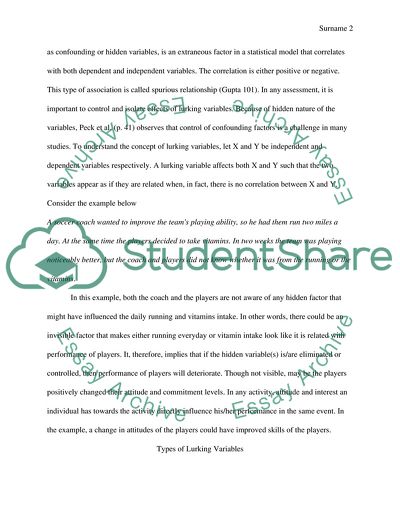Cite this document
(Lurking Variables Statistics Project Example | Topics and Well Written Essays - 1250 words, n.d.)
Lurking Variables Statistics Project Example | Topics and Well Written Essays - 1250 words. https://studentshare.org/statistics/1776463-lurking-variables
Lurking Variables Statistics Project Example | Topics and Well Written Essays - 1250 words. https://studentshare.org/statistics/1776463-lurking-variables
(Lurking Variables Statistics Project Example | Topics and Well Written Essays - 1250 Words)
Lurking Variables Statistics Project Example | Topics and Well Written Essays - 1250 Words. https://studentshare.org/statistics/1776463-lurking-variables.
Lurking Variables Statistics Project Example | Topics and Well Written Essays - 1250 Words. https://studentshare.org/statistics/1776463-lurking-variables.
“Lurking Variables Statistics Project Example | Topics and Well Written Essays - 1250 Words”. https://studentshare.org/statistics/1776463-lurking-variables.


